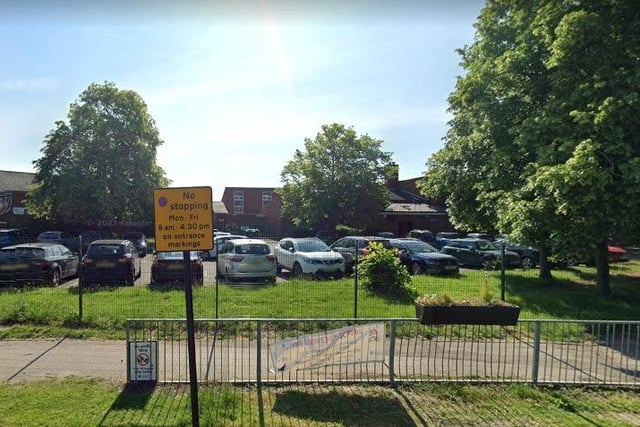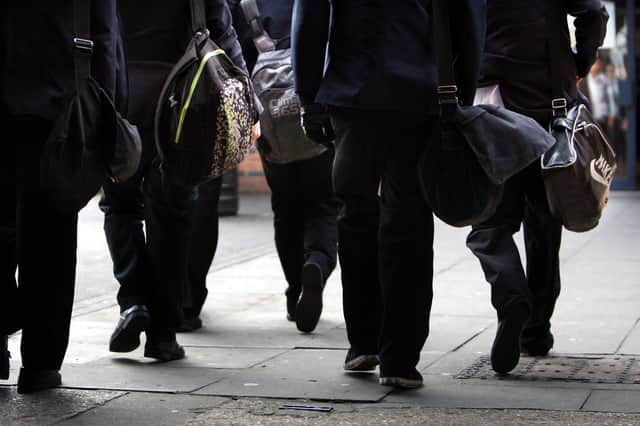Figures reveal which school in Bedford excluded pupils most often last year.
The Children's Society has called for stronger government guidance on the issue, after data revealed the "huge differences" in the rate of exclusions in schools across England.
Department for Education figures show there were a total of 912 permanent or temporary exclusions across the 72 state schools in Bedford in the 2020-21 academic year.
This works out at a rate of 3.1 exclusions for every 100 pupils – below the average of 4.3 across England.
However, of the 60 schools in the area with at least 100 pupils, this rate was highest at Kempston Challenger Academy – a state-funded secondary school.
The secondary sponsor led academy ordered three permanent exclusions and 143 temporary exclusions – a rate of 26.2 per 100 pupils.
At the other end of the scale, 16 schools in the area did not exclude a single pupil.
The Children’s Society said there may be a number of reasons for the wide discrepancies in exclusion numbers between schools.
Iryna Pona, policy and impact manager for the organisation, said: "Behavioural issues that could lead to exclusion, are often an indicator of larger issues children are experiencing, such as unmet special educational needs, bullying, abuse or exploitation.
“Some schools may have more children that require additional support, some may lack resources or awareness and training so they don’t know how to support the child and tackle any issues before resorting to excluding.
“Whatever the reason, the numbers show that there is the lack of consistent child-centred approach that allows for the needs of the child to be understood and supported across all schools in the same way that would reduce the number of exclusions."
She also called for stronger government guidance that requires schools to work with partners in social care and the community to ensure greater oversight of exclusion decisions.
The Department for Education said it supports headteachers to choose how and when to use suspensions to maintain a calm, safe, and supportive environment.
A spokeswoman added: "We are clear that permanent exclusion should only be used when absolutely necessary, as a last resort and this should not mean exclusion from education.
“Our updated statutory guidance, coming into force this academic year, sets out how and when to use suspensions in particular circumstances as a behaviour tool, and supports decisions to exclude when required.”

1. Kempston Challenger Academy
State-funded secondary in Hill Rise, Kempston: 26.2 exclusions per 100 pupils Photo: Google

2. Bedford Free School
State-funded secondary in Cauldwell Street, Bedford: 11.9 exclusions per 100 pupils Photo: Google

3. Daubeney Academy
State-funded secondary in Orchard Street, Kempston: 11.1 exclusions per 100 pupils Photo: Google

4. Castle Newnham School
State-funded secondary, in Goldington Road, Bedford: 8.7 exclusions per 100 pupils Photo: Google

